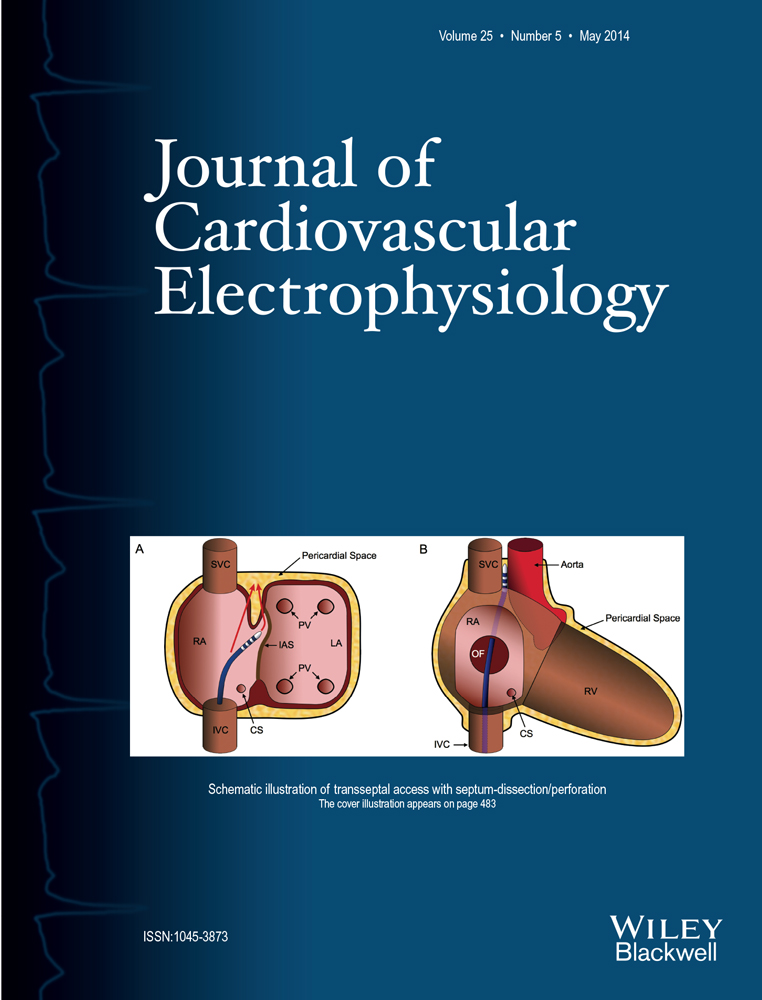Eplerenone-Mediated Regression of Electrical Activation Delays and Myocardial Fibrosis in Heart Failure
This study was supported by an independent research grant from Pfizer Inc. to B. Stambler. Y. Lu was supported by a grant from the American Heart Association (SDG12050558).
Research support in the form of drugs and equipment were donated by Pfizer and Medtronic.
Eplerenone Reverses Electrical Delays and Fibrosis
Introduction
Mineralocorticoid receptor (MR) antagonism reduces sudden cardiac death in heart failure, but the underlying mechanism remains poorly understood. Concurrent treatment with an MR antagonist during rapid ventricular pacing (RVP) prevents development of adverse ventricular electrophysiological remodeling, interstitial fibrosis, inflammatory cytokine gene activation, and ventricular tachyarrhythmia inducibility without diminishing the extent of systolic dysfunction. We hypothesized that attenuating preexistent inflammatory pathways and myocardial fibrosis with eplerenone after systolic heart failure is established by rapid pacing can reduce electrical activation delays and arrhythmia vulnerability.
Methods and Results
Dogs subjected to RVP for 8 weeks in the absence or presence of eplerenone treatment during the final 4 weeks of pacing were assessed by echocardiography, electrophysiology study, ventricular fibrosis measurements, and inflammatory cytokine mRNA expression analysis. Eplerenone reversed preexistent ventricular activation delays, interstitial fibrosis, inflammatory cytokine (interleukin-6, tumor necrosis factor-α) gene overexpression, and arrhythmia vulnerability in ventricular paced dogs with heart failure. Eplerenone failed to improve left ventricular systolic dysfunction or chamber enlargement. A correlation between severity of fibrosis and ventricular arrhythmia inducibility was found.
Conclusions
MR antagonism regresses rapid pacing-induced electrical delays, inflammatory cytokine gene activation, and fibrosis in heart failure. Ventricular arrhythmia vulnerability in heart failure is correlated with extent of fibrosis and electrical activation delays during premature excitation.




